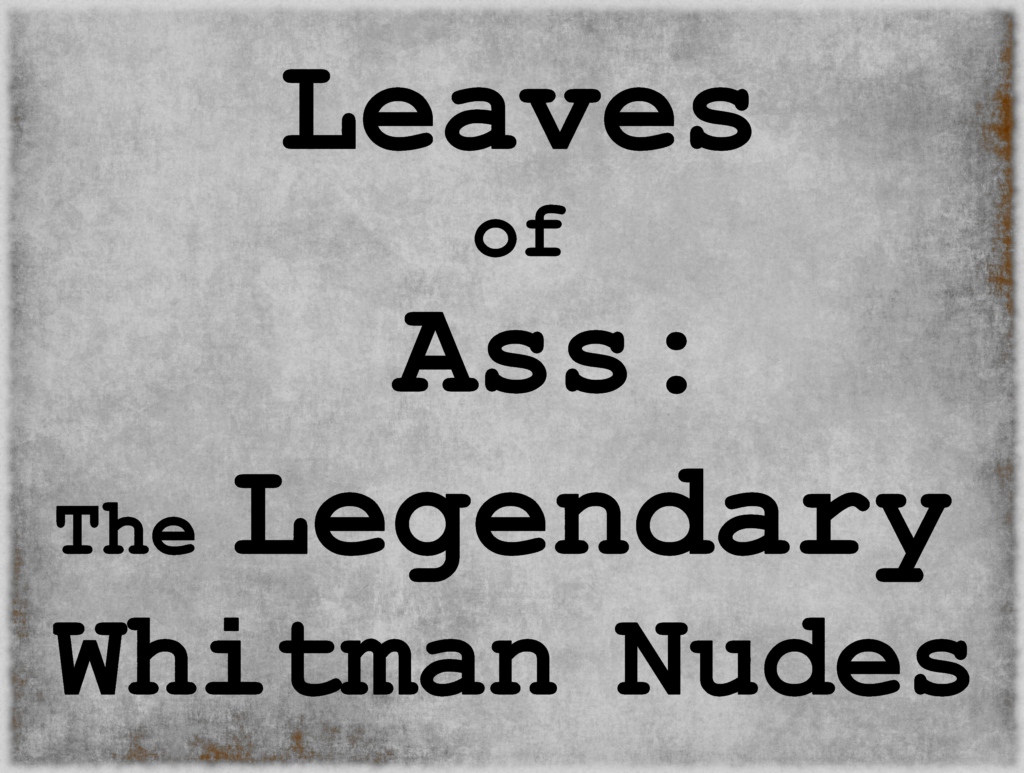
Leaves of Ass: The Legendary Whitman Nudes
In the early 1880s, the painter Thomas Eakins took numerous photographs of nude models as figure studies for his curriculum at the Pennsylvania Academy of the Fine Arts. This collection of photos is commonly known as “The Naked Series.”
People of different ages and body types were represented, including Eakins himself and several of his students. Many of the models were photographed in a sequence of seven poses, such as the old man pictured below.

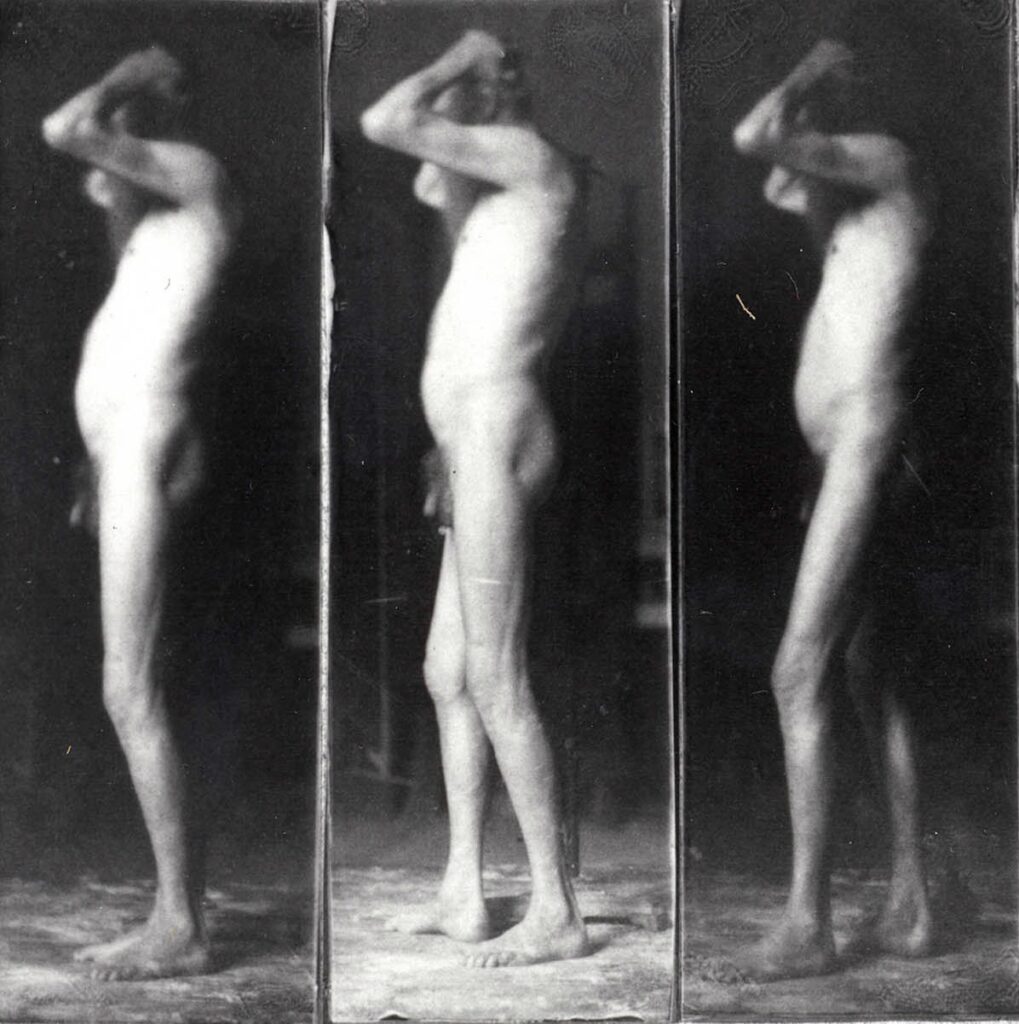
The identity of the man in these photos is unknown, but he was likely a hired model.
However, for the past 30 years, several people have hypothesized that this bearded gentleman could be none other than the famed poet, Walt Whitman.
The first person to make this claim was Ed Folsom in the Spring 1994 issue of the Walt Whitman Quarterly Review, for which he is the editor.
I first read about it in this 2017 Vice article by Hugh Ryan, titled “Historians Are Debating if Walt Whitman Took a Dick Pic.” Notably, this was published on Whitman’s birthday.
But this old man does not look like Whitman at all!
First, let’s take a look at his face.
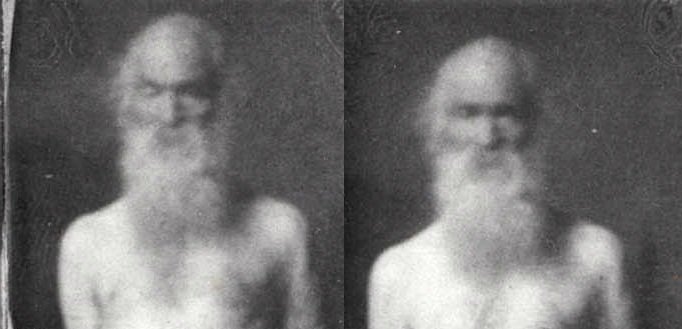
He has a dark, prominent brow and a stern look as if he is displeased by something. He has sharp cheekbones, angular facial features, and his beard and hair are grey.
Now, let’s compare with actual photographs of Walt Whitman. The first is by Bartlett F. Kenney in 1881, and the second is by George C. Cox in 1887.
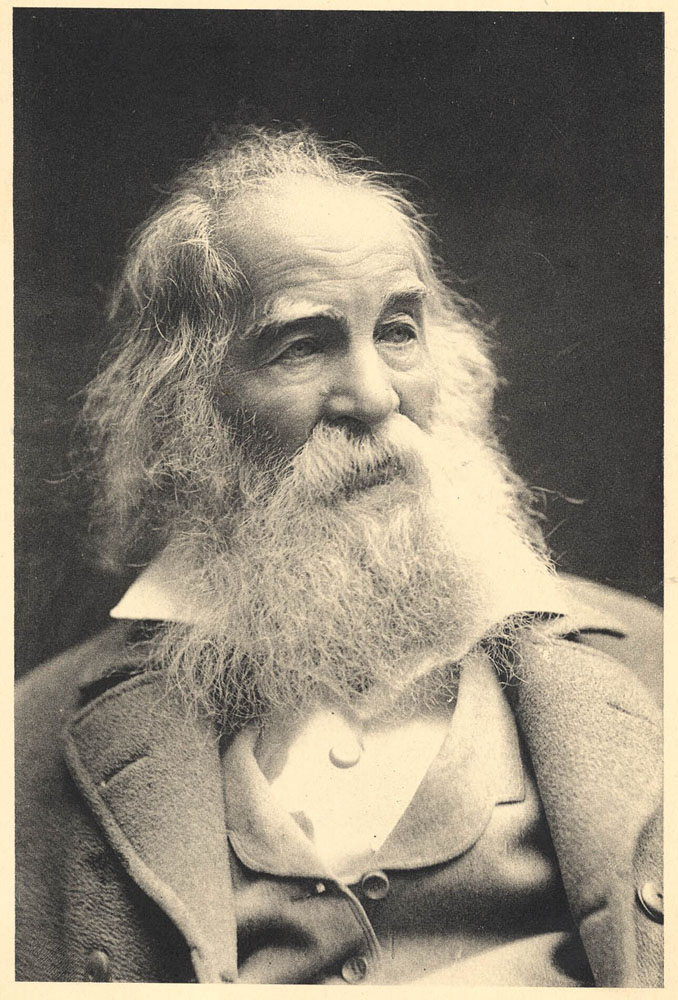
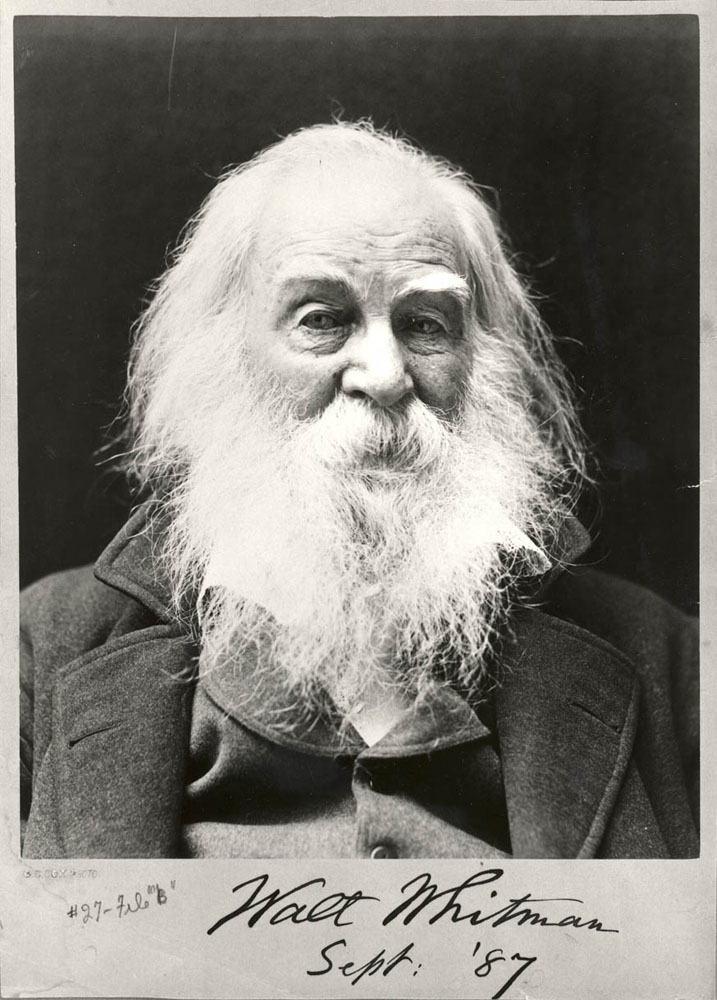
Whitman’s eyes are kind, gentle, and inquisitive. His facial features are rounder and softer, and his hair, beard, and eyebrows are stark white.
Further evidence is that a student of Eakins named John Laurie Wallace painted a seated portrait of the same unidentified man during this period.
As of the publication of this blog, the only picture of this painting that I could find was from the article, “Whitman, Eakins, and the Naked Truth” by William Innes Homer, published in the Summer 1997 issue of the Walt Whitman Quarterly Review. Much of the information I have presented here is derived from his article.
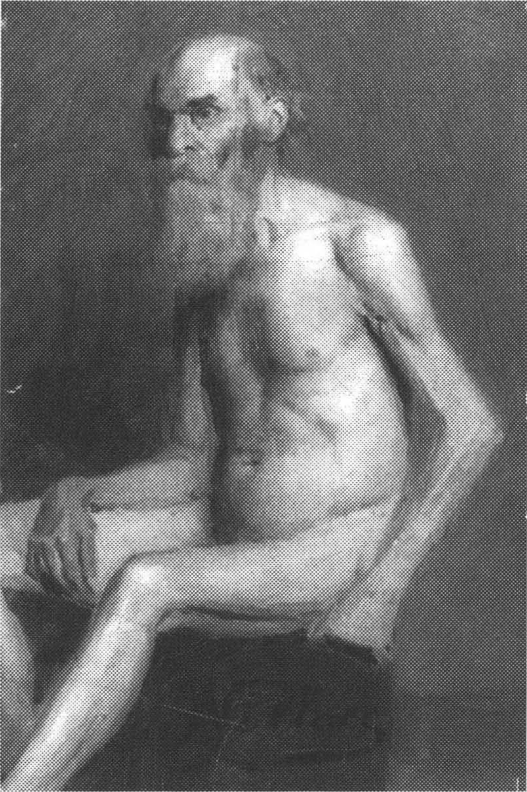
But the most obvious reason that this grumpy old man is clearly not Whitman is because the photo sequence was taken while Eakins taught at the Academy. He didn’t meet Whitman until 1887, a year after his scandalous forced resignation.
So, if the man in the photos is not really Walt Whitman, why do so many people want to believe he is?
In Whitman’s 1882 work, Specimen Days, he details how nude sunbathing helped him recuperate after a stroke. To Whitman, the nude body represented physical health, invigorating the senses, liberation from social norms, and a spiritual connection to nature.
Eakins was interested in the nude body for many of the same reasons, but he was also fascinated by the mechanics of human anatomy and physiology, particularly the body in motion.
They not only shared an interest in the nude, they also had mutual respect and admiration for each other’s work. Many of the paintings and photographs of Thomas Eakins embodied the same passion and naked truth that Walt Whitman expounded in his words.
The possibility that Eakins could have photographed or even painted Whitman in the nude is intriguing to people. Whitman loved to be photographed often, so it’s not inconceivable that he may have been comfortable disrobing for Eakins.
When the photos were first made public, people eagerly hoped that the old man really was Whitman. The mysterious man became a source of legend for some Whitman enthusiasts who continue to repeat the story.
These romanticized ideas are a testament to the greatness of these two talented men. So many of us wish we could have been a fly on the wall during their encounters, but since we do not have time travel technology, we create our own conjectural mythologies for our amusement.
So, did Thomas Eakins take nude photographs of Walt Whitman? Probably not, but we may never know. And that’s okay. As much as I would love to see Whitman’s penis, there is a thrill in the unknown. Sometimes the fantasy is far better than the reality.
Eakins did photograph Whitman a few times, albeit fully clothed. He used these photos as a reference for his portrait of Whitman, which the poet said was his favorite. Whitman praised the painter for his realism and honesty instead of resorting to exaggerated ideals as many artists do.
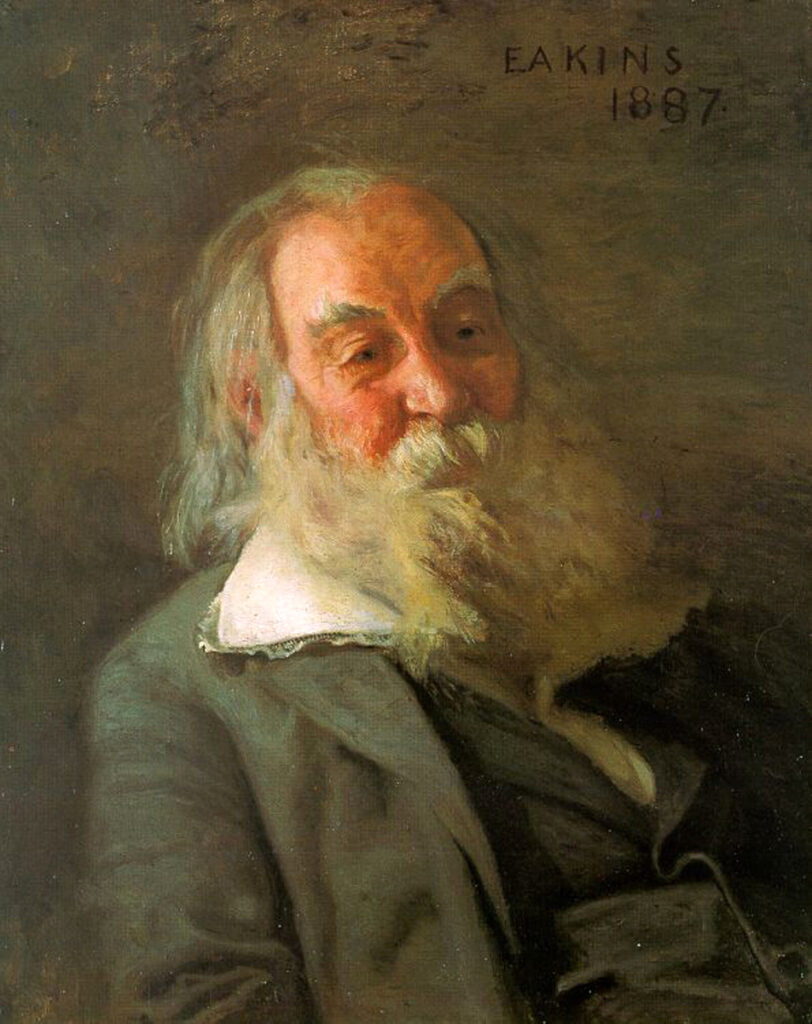
In his portrait, Whitman appears comfortable, relaxed, and content. His gentle smile and the kindness in his eyes express his unwavering joy.
This is how I choose to envision him, as it captures the raw vulnerability in his work. Whitman bared his soul for us, which is far more revealing than any nude photograph.
Happy 203rd birthday, Mr. Whitman.
(May 31, 1819 – March 26, 1892)
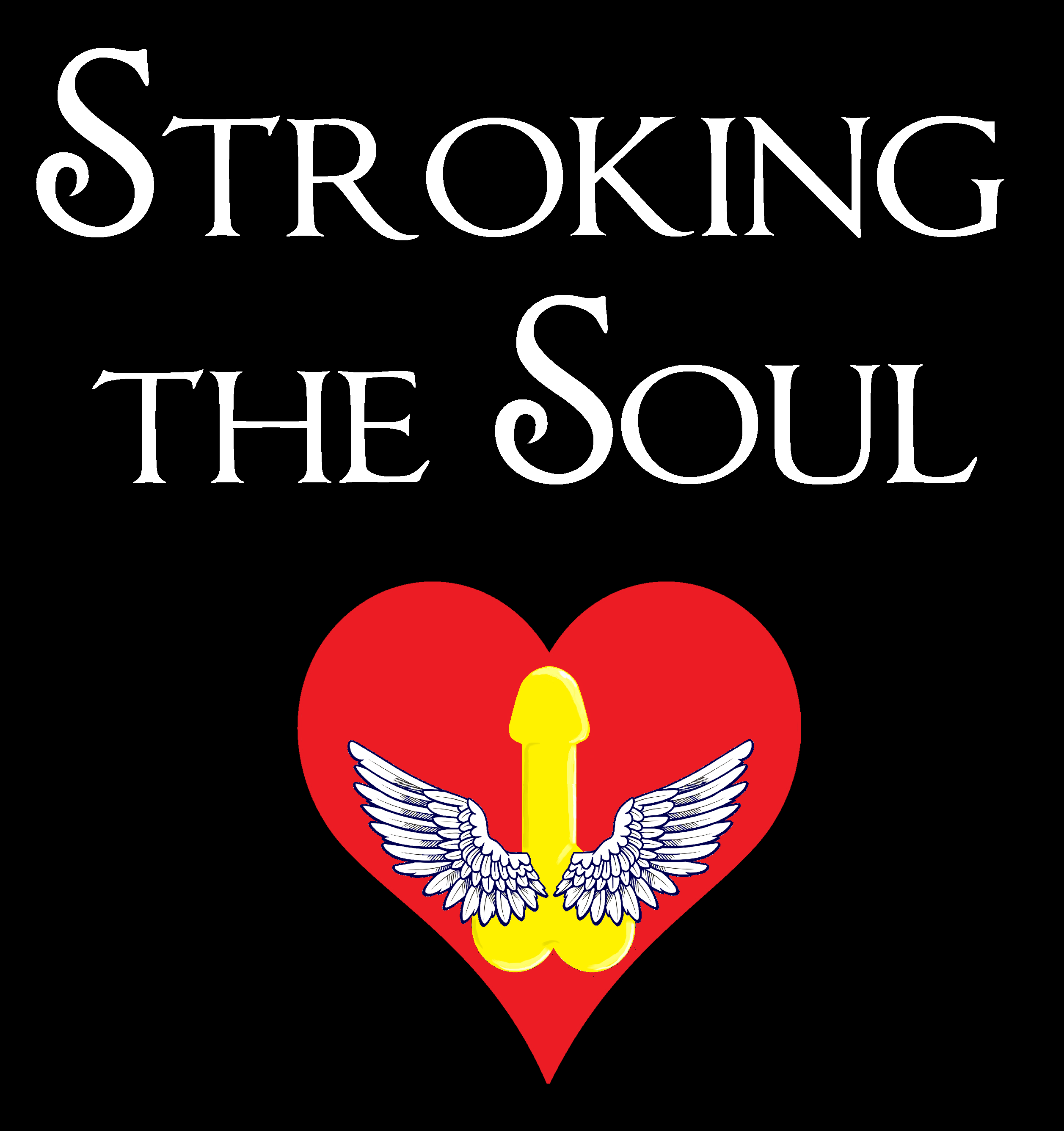
Fascinating! On Whitman’s 100th birthday in 1919, the following inscription, which had been carved into the granite face of 100 meter high Mazinaw rock in Cloyne, Ontario was unveiled: OLD WALT
1819–1919
DEDICATED TO THE DEMOCRATIC IDEALS OF
WALT WHITMAN
BY
HORACE TRAUBEL AND FLORA MACDONALD
“MY FOOTHOLD IS TENON’D AND MORTISED IN GRANITE
I LAUGH AT WHAT YOU CALL DISSOLUTION
AND I KNOW THE AMPLITUDE OF TIME”
The rock also has hundreds of ancient pictographs. It is located in what is now Bon Echo Provincial Park. The site was intended to become a Walt Whitman Center but it’s owner Flora MacDonald Denison was unable to realize her dream and died in 1921. Horace Traubel was Whitman’s literary executor and lover. He traveled from New Jersey to Ontario for Walt’s 100th even though he was in very poor health and died at Bon Echo.